China's Daocheng Solar Radio Telescope (DSRT) on the Qinghai-Tibet Plateau began its solar research experiment on July 14.
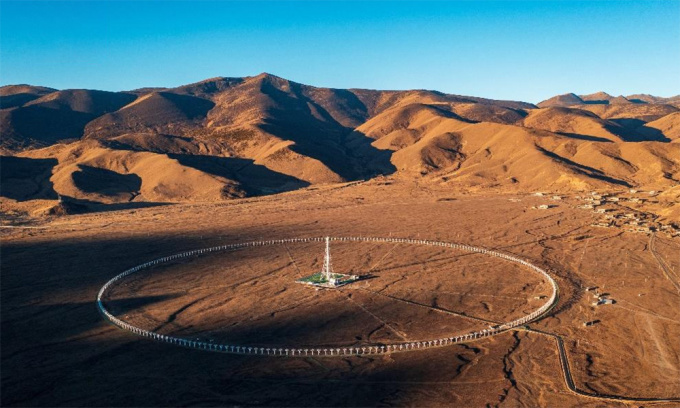
The Daocheng Solar Radio Telescope began test operations on July 14. Photo: China Media Group
The Daocheng telescope was developed by the National Space Science Center (NSSC) of the Chinese Academy of Sciences as part of the country's Project Meridian Phase II. In 2008, China launched Project Meridian, a monitoring network of 31 ground stations, to study space weather and understand the processes that create violent weather events.
Daocheng is the world 's largest telescope dedicated to studying the Sun and its influence on Earth, and construction will be completed in November 2022. The system is capable of continuously and stably monitoring solar activities with high quality. The NSSC said that Daocheng's observation capabilities, such as detecting pulsars, have been verified after half a year of debugging and testing.
Located on the edge of the Qinghai-Tibet Plateau in southwestern Sichuan Province at an altitude of more than 3,800 meters above sea level, the Daocheng radio telescope consists of 313 6-meter-wide parabolic antennas arranged in a circle with a circumference of 3.14 kilometers surrounding a 100-meter-high calibration tower in the center. Daocheng operates in the 150-450 megahertz frequency range to capture high-precision images of activities such as solar flares and coronal mass ejections. In addition, the telescope will help develop methods for tracking pulsars, radio bursts, and asteroids.
“We are entering a golden age of solar astronomy because there are so many large solar telescopes operating,” said Maria Kazachenko, a solar physicist at the University of Colorado, Boulder.
Observatories in China will provide important data on solar activity that telescopes in other time zones cannot see, said Ding Mingde, a solar physicist at Nanjing University, stressing the importance of global cooperation in this field.
Thu Thao (According to CGTN )
Source link






![[Photo] National Assembly Chairman Tran Thanh Man holds talks with New Zealand Parliament Chairman](https://vphoto.vietnam.vn/thumb/1200x675/vietnam/resource/IMAGE/2025/8/28/c90fcbe09a1d4a028b7623ae366b741d)

![[Photo] Images of the State-level preliminary rehearsal of the military parade at Ba Dinh Square](https://vphoto.vietnam.vn/thumb/1200x675/vietnam/resource/IMAGE/2025/8/27/807e4479c81f408ca16b916ba381b667)













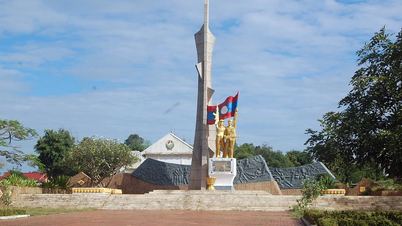










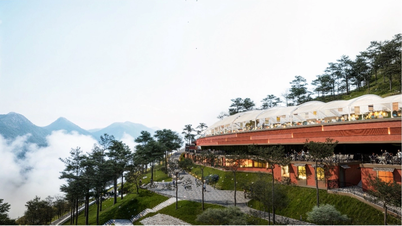
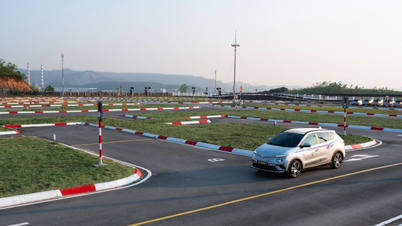




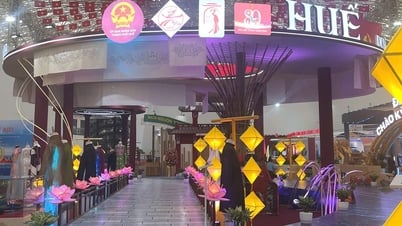









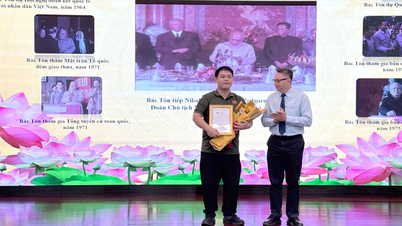





















































Comment (0)